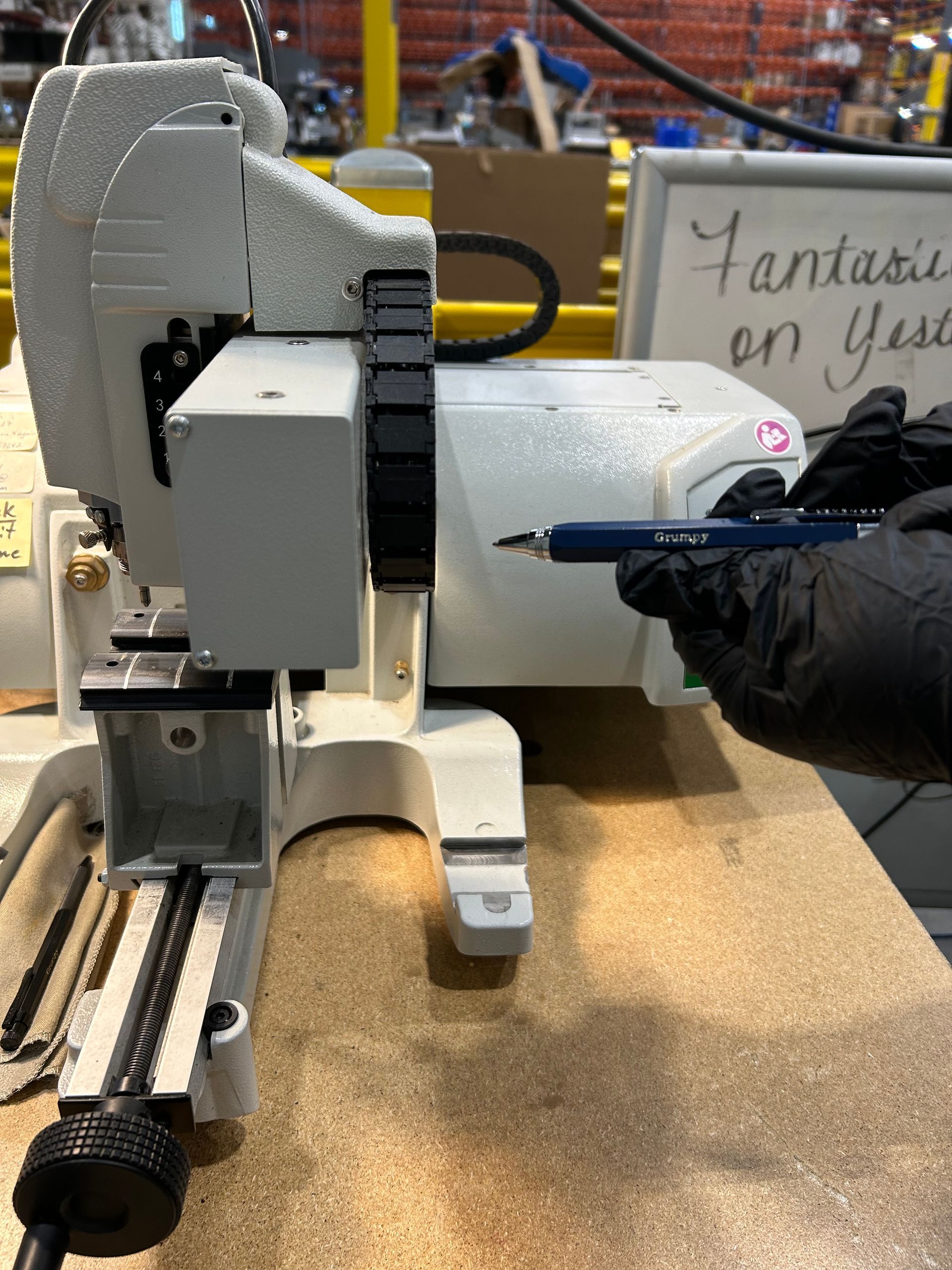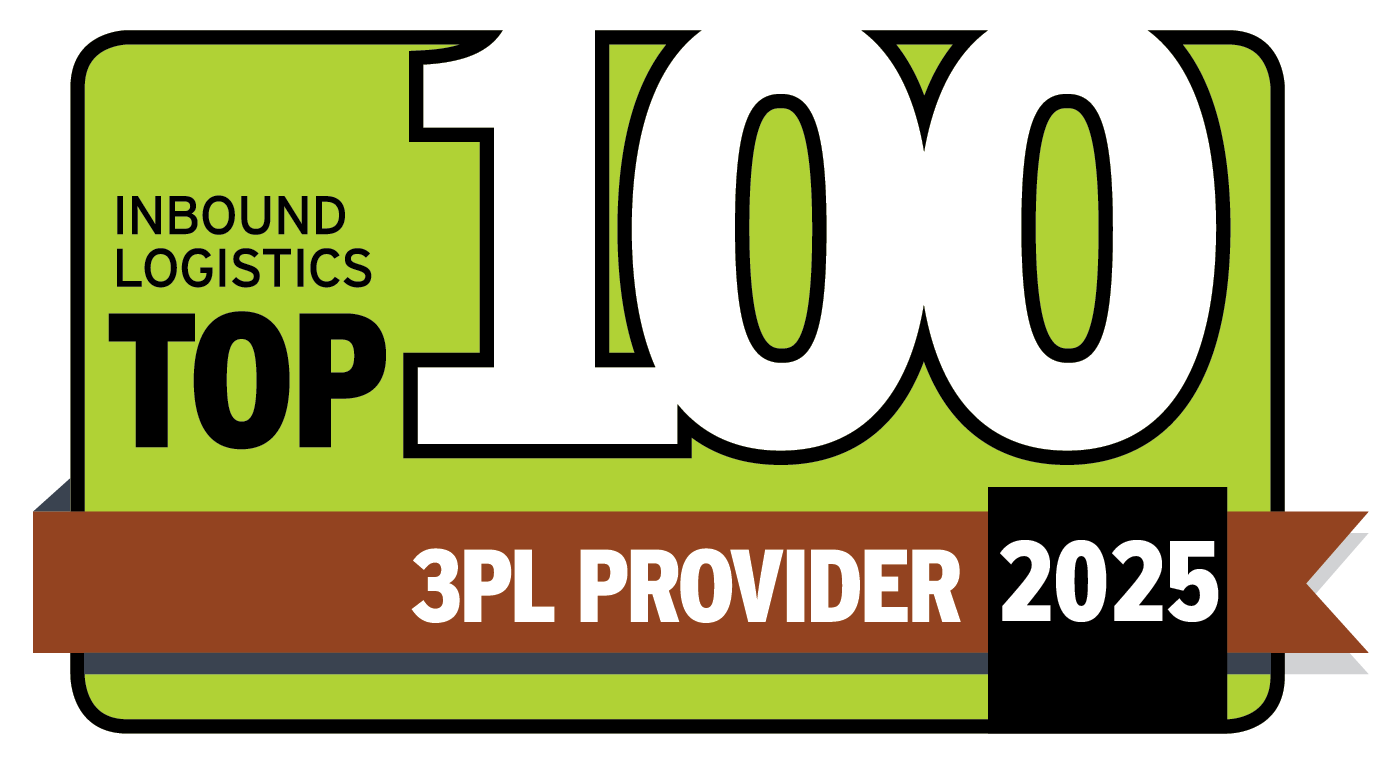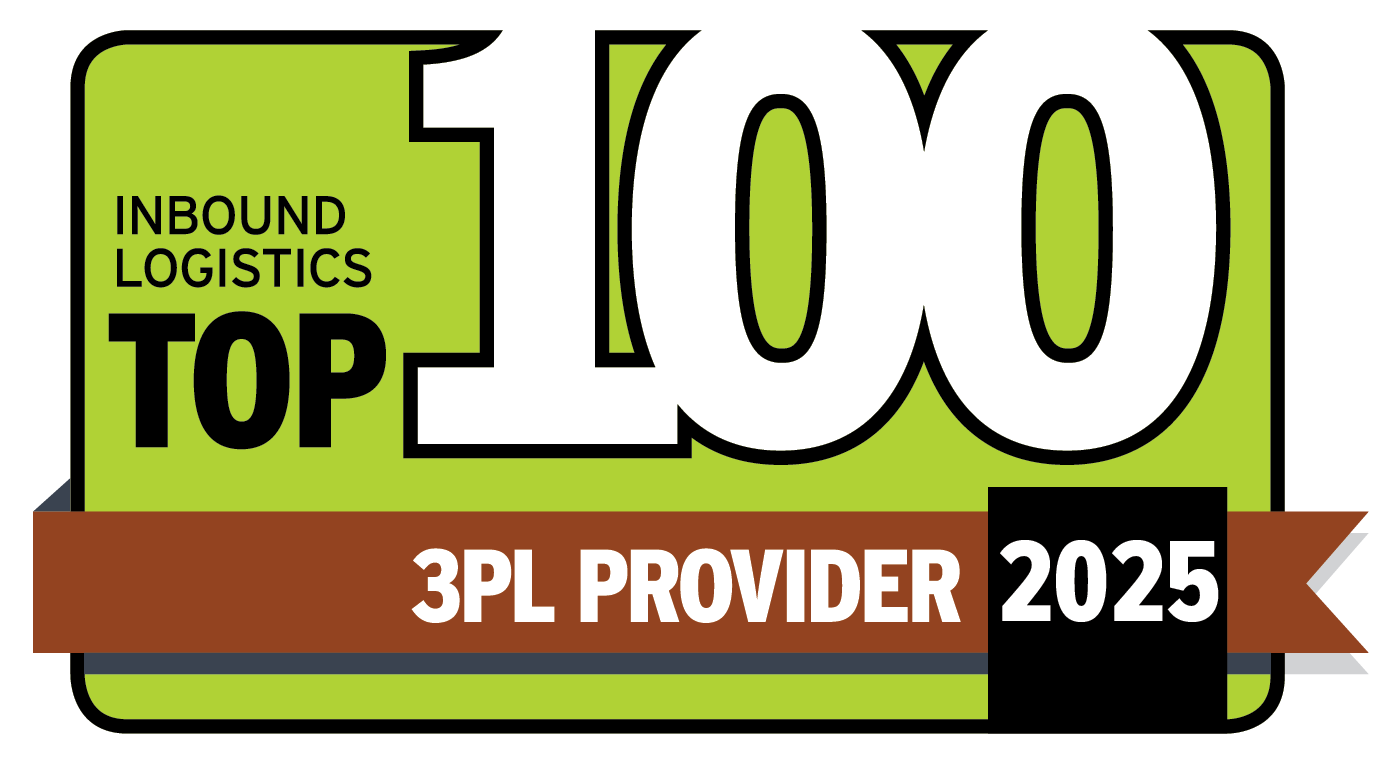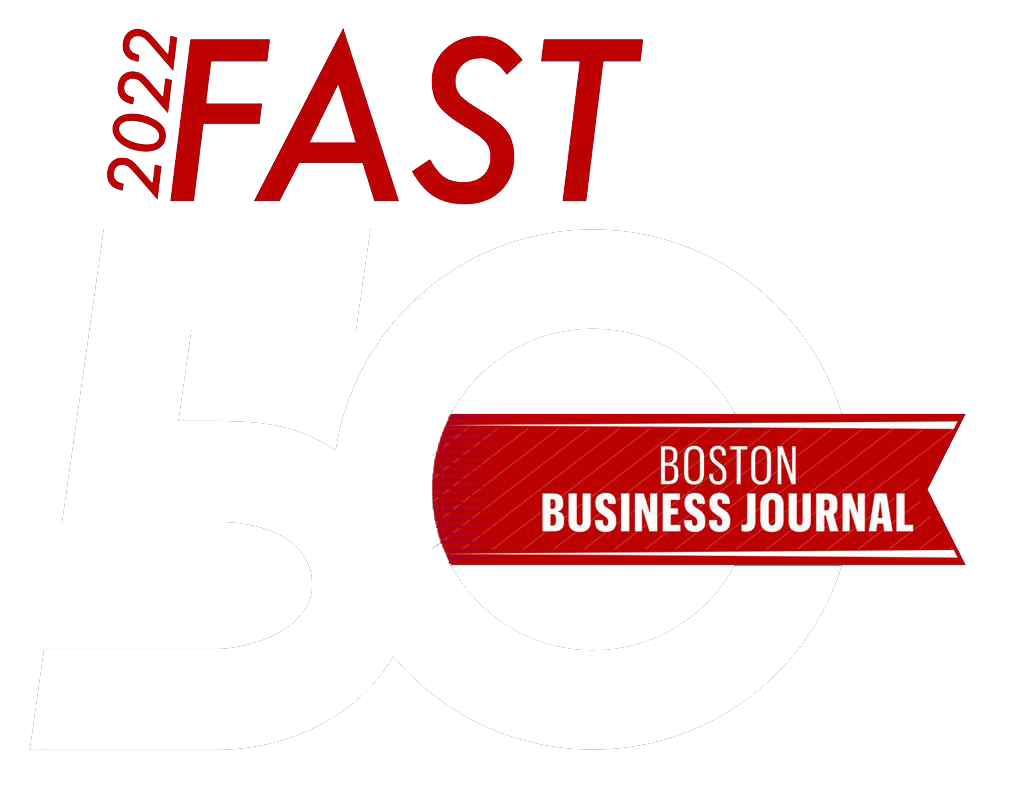Why Returns Management Is Critical for eCommerce Success in 2025
Handling returns remains one of the biggest challenges for merchants in the new year.
In 2024, eCommerce companies faced significant hurdles in managing returns. With $743 billion worth of merchandise returned in 2023, many retailers updated their returns policies to prepare for the year ahead. Now that peak season has ended, eCommerce merchants are navigating a surge of returns extending far beyond the holiday rush. Here are four key reasons why returns management is critical for e-commerce success in 2025.
1. Economic Uncertainty Drives Cost Management
With the current economic climate, retailers focus on balancing costs across supply chains, including returns management. Despite economic uncertainties, eCommerce sales are projected to grow faster than they have since 2021, accounting for 19.8% of total sales, the most significant increase since 2020, according to eMarketer. This surge necessitates balancing cost management and delivering exceptional customer experiences. Automating returns processes can unlock cost savings while retaining customer loyalty.
2. Consumer Behavior Shifts Increase Returns
Retail Dive reports that 87% of consumers intentionally order additional items to try on at home, returning the ones they don't want to keep. This practice, known as "bracketing," has become a common trend among shoppers. This behavior introduces unpredictability in margin calculations, inventory management and operations workflows. Notably, 64% of consumers make returns in apparel, shoes and accessories more often than any other product.
3. Implementing Return Fees and Customer Loyalty
Retailers are considering return fees to manage costs, which raises concerns about customer loyalty. Some merchants find that customers will pay reasonable return fees if the return experience is positive. Retailers must assess customers' price sensitivity and develop fee policies that balance cost management with customer satisfaction.
4. Preparing for Returns Fraud and Policy Abuse
Loop Returns research shows that returns fraud and policy abuse are rising, with 53% of US merchants citing returns fraud as a significant challenge. To combat this, retailers are tightening returns eligibility criteria and requiring more detailed information at checkout while striving to maintain positive returns experiences for loyal customers. Implementing eligibility tiers via loyalty programs can offer more lenient returns policies to loyal customers, helping protect against potential returns abuse.
ÃÛÌÒ´«Ã½ Distribution's Approach
At ÃÛÌÒ´«Ã½ Distribution, we understand the complexities of returns management during peak season. Our tailored solutions focus on cost-effective, customer-centric returns processes. By leveraging automation and data analytics, we help retailers navigate economic uncertainties, adapt to shifting consumer behaviors and implement effective policies to mitigate fraud and abuse.
As the peak season calms, partnering with a logistics provider experienced in returns management is essential. ÃÛÌÒ´«Ã½ is committed to helping retailers optimize their returns processes, ensuring a seamless experience for businesses and customers.
Facing returns challenges? Contact us today for a complimentary supply chain consultation.
Recent Blog Posts







